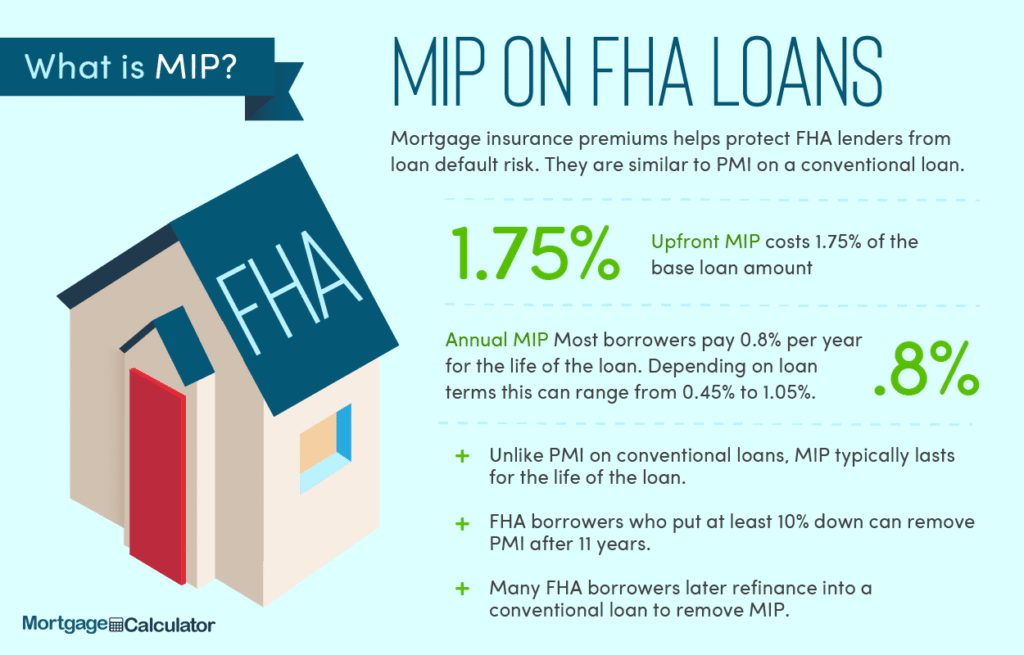In the world of financial management and investment strategy, there is a tool so potent, yet frequently overlooked, that it stands as the secret weapon amongst top financial advisors: tax-loss harvesting. This technique, when wielded with precision, can significantly mitigate the tax implications on investments, enhancing overall investment performance. Let’s embark on an exploration of tax-loss harvesting, deciphering its mechanics, benefits, and strategic application to elevate your financial portfolio.
Understanding Tax-Loss Harvesting
Tax-loss harvesting is the practice of selling securities at a loss to offset a capital gains tax liability. This method capitalizes on the inevitable ups and downs of market investments, transforming losses into strategic advantages. 
The Fundamentals of Capital Gains Tax
Capital gains tax is levied on the profit from the sale of non-inventory assets when the sale price exceeds the purchase price. Understanding this tax is essential for grasping how tax-loss harvesting works as a countermeasure.
Identifying the Right Timing
Strategic timing plays a crucial role in maximizing the efficacy of tax-loss harvesting. It involves monitoring the market and identifying opportune moments to realize losses, ideally in conjunction with offsetting capital gains.
The Role of Diversification
Diversification is not just a risk management strategy but integral to executing tax-loss harvesting effectively. It involves balancing a mix of asset types to optimize the potential for tax-efficient losses. 
Short-Term vs. Long-Term Capital Gains
Understanding the distinction between short-term and long-term capital gains is vital, as they are taxed differently. Tax-loss harvesting can be applied to both, but the approach may vary depending on the tax implications of each.
How to Implement Tax-Loss Harvesting
Here are the practical steps to implement tax-loss harvesting, including identifying depreciated assets, deciding on the sell, and reinvesting in alignment with your long-term investment strategy.
Constraints and Limitations
The wash-sale rule is a critical consideration, preventing investors from claiming a tax deduction for a security sold in a loss if a substantially identical security is purchased within 30 days before or after the sale.
Tools and Technology for Tax-Loss Harvesting
Technological advancements have equipped investors with robust tools and platforms to automate and optimize tax-loss harvesting, ensuring precision and efficiency in execution.
Case Studies: Success Stories
Discover how top financial advisors have successfully applied tax-loss harvesting strategies to benefit their clients, through detailed case studies. 
Aligning Tax-Loss Harvesting with Investment Strategy
Tax-loss harvesting should not be a standalone tactic but integrated with the broader investment strategy to ensure it contributes positively to your financial objectives.
Regulatory Considerations
Navigating the tax code and staying informed about relevant regulations is essential for compliant and effective tax-loss harvesting.
Expert Insights
Gain insights from financial experts on the nuances and evolving landscapes of tax-loss harvesting.
Frequently Avoided Pitfalls
Learn about common mistakes investors make when attempting to implement tax-loss harvesting and how to avoid them.
Future Trends in Tax-Loss Harvesting
Anticipate future trends in tax-loss harvesting, including legislative changes and innovative strategies.
The Psychological Aspect
Understand the psychological barriers to selling at a loss and how to overcome them to make rational, tax-efficient decisions.
Customizing Tax-Loss Harvesting to Individual Portfolios
Explore how tax-loss harvesting can be tailored to individual financial situations and investment portfolios for maximum benefit.
Testimonials from Clients
Hear directly from individuals who have experienced the benefits of tax-loss harvesting in their investment portfolio.
Conclusion
Tax-loss harvesting represents a sophisticated strategy that, when properly applied, can significantly enhance the tax efficiency of investment portfolios. By understanding its intricacies and integrating it into a broader financial plan, investors can unlock a powerful tool for wealth preservation and growth. The key to successful tax-loss harvesting lies in meticulous planning, ongoing market analysis, and adapting to individual financial circumstances.
Frequently Asked Questions
What is tax-loss harvesting? Tax-loss harvesting is the strategy of selling securities at a loss to offset the capital gains tax owed on other investments.
Who can benefit from tax-loss harvesting? Virtually any investor facing capital gains taxes can benefit from tax-loss harvesting, particularly those with diversified portfolios and strategic investment planning.
What are the limitations of tax-loss harvesting? The major limitation is the wash-sale rule, which prohibits investors from claiming a tax deduction for a security sold in a loss if a substantially similar security is bought within 30 days.
Can tax-loss harvesting affect my long-term investment strategy? If executed properly, tax-loss harvesting should align with and enhance your long-term investment strategy, not detract from it.
How often should I perform tax-loss harvesting? While some prefer to assess opportunities annually, the best approach depends on individual circumstances and market conditions.


